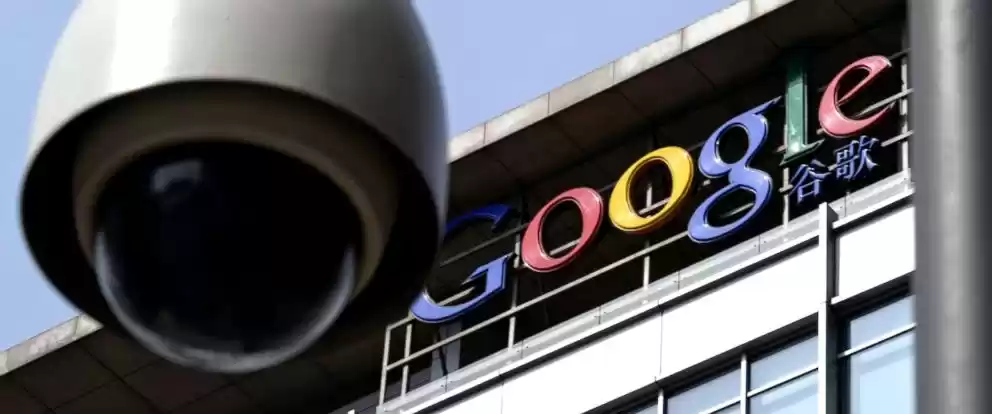
Android L certainly shares a large group of configuration changes, with some more noteworthy alters than others. The new "ongoing applications" menu in Android L has gotten a visual amendment, as well as works a bit in an unexpected way.
In past adaptations of Android, tapping the ongoing application catch will show a rundown of open applications, depicted by thumbnail pictures. On the off chance that you claim or have utilized an Android telephone with Ice Cream Sandwich or above, you may comprehend what the menu resembles, regardless of whether it is made by the producer.
With Android L, the multitasking menu has been revived, finished with stacked card settings like 3D. Not at all like the current selected UI on Chrome for Android, applications as of late rendered with more substance are shown, at considerably bigger sizes. At the point when Android L was formally discharged, singular Chrome tabs could even show up as multitasking labels, contingent upon the setting in which they were made, proceeding to mix the web and local applications.
The 3D scroll like the window of multitasking of Android L looks delightful, however it is simply gorgeous sight.
It isn't about pictures, however. Ongoing applications work uniquely in contrast to the applications you utilize frequently, where applications will take off new undertakings as they go. This isn't generally the case.
In the above picture, I attempted to share an application from the Play Store to somebody through Gmail. Assume you endeavored to do this and afterward hit the home catch or ongoing application. In past adaptations of Android, sharing activities were as of late spared to the Google Play Store application, which is the reason you see a Gmail thumbnail inside the Play Store window on the left.
In Android L, endeavoring to do similar outcomes in the committed Gmail tab shows up in the ongoing screen, enabling clients to effortlessly come back to the application in the Play Store. This bodes well, yet this does not generally work. Endeavoring to share eatery data from Maps to somebody by means of Gmail works similarly as it did in past forms of Android and did not furnish Gmail with its own tab. That is the experience of the beta programming.
For more data on how Android L handles undertakings in the multitasking window, look at this Google+ post by Diane Hackborn.
So while the new multitasking menu of Android L is outwardly engaging, it's additionally more astute. It's not immaculate, but rather given this is only a review of the Android L we're working with, there's sufficient time to get a portion of the wrinkles out working.
